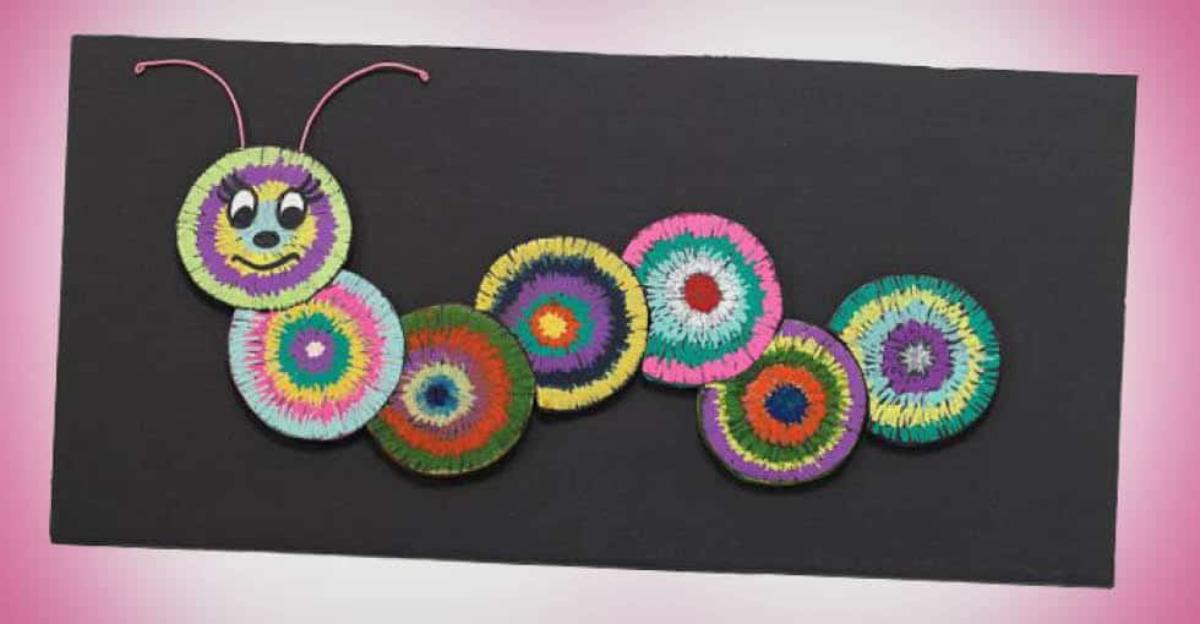Eric Carle’s The Very Hungry Caterpillar isn’t too far from the truth. Caterpillars, the larva of moths and butterflies, emerge from their eggs starving, and stuff themselves as full as they can (although they eat more leaves and less cupcakes, salami, lollipops and pickles than The Very Hungry Caterpillar) before heading into their cocoons and conducting one of the nature’s most miraculous transformations.
Like in Carle’s colorful tale, it’s also true that many moths and butterflies emerge from their cocoons with beautifully colored and patterned wings. But caterpillars can be beautiful, too! For example, the Saddleback Caterpillar features a saddle-like burst of green on its back with a bright red spot in the center. The Giant Peacock Caterpillar boasts neon spots up and down its body. And the Spurge Hawk-Moth Caterpillar has a sleek, black body with a red face, antennae, and feet and a wonderful pattern of white spots.
With more than 20,000 known species of caterpillars around the world, there’s almost no end to the color configurations, unique patterns, and body shapes. Release your students’ inner wiggle worms and wild creativity and let them create their own whimsical caterpillars with our Whimsical Caterpillar lesson! Perfect for individual or collaborative class projects, students will use paint markers on black foam to design their very own crazy caterpillars, section by section.
View our free Whimsical Caterpillar lesson plan, including step-by-step instructions and a materials list, today!
For Grades 1-4.






Leave a Reply